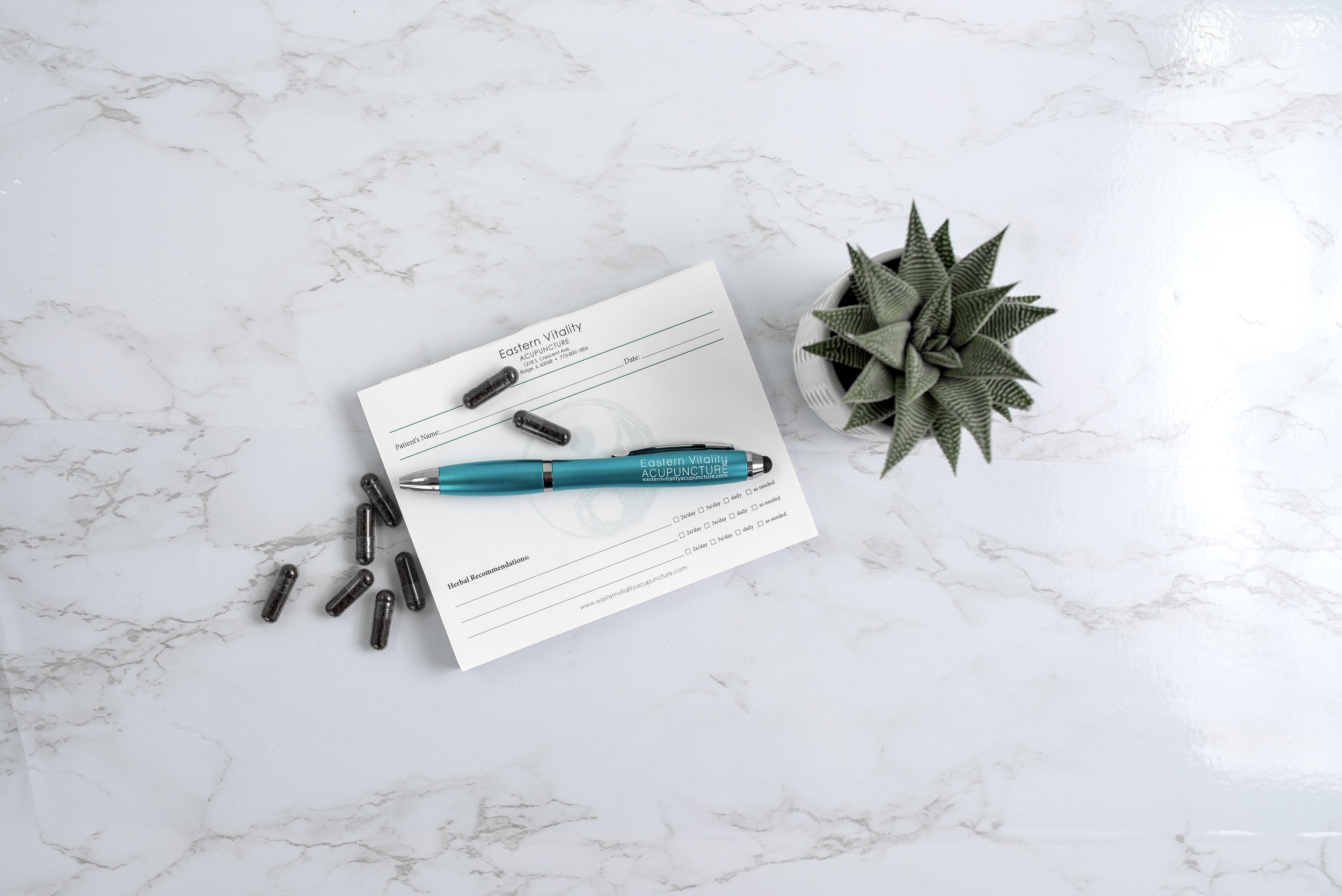
Placenta Encapsulation
The placenta serves as a lifeline for developing babies and has been revered for centuries as a potent source of healing. Rich in nutrients and restorative properties, it offers invaluable post-birth benefits. Experience the age-old practice of placenta encapsulation and enjoy a smoother postpartum recovery.
The Benefits
Prevents Hormonal Imbalances:
Alleviates symptoms of Postpartum Depression and stress, including anxiety, sadness, and mood swings.
Increases Energy:
Boosts postpartum energy levels and decreases fatigue by replenishing essential nutrients, such as Vitamin B6..
Encourages Lactation:
Balances oxytocin and prolactin levels, promoting a healthy milk supply. Most mothers notice increased milk production 1-2 days after taking pills.
Improves Postpartum Sleep:
Aids in restful sleep by restoring iron levels which contribute to sleep quality.
Reduces Pain:
Significantly decreases postpartum bleeding and cramping.

Book Your Placenta Encapsulation
Download the Placenta Intake Forms.
Step 1:
FIll out the forms and email them to easternvitality@gmail.com or call the office at 773.800.1806 to arrange to drop them off in person.
Book Your Encapsulation
Step 2:
We offer an informative consultation free of charge with Christina in person or over the phone. You can call the office at 773.800.1806 to book this complimentary session. You must deposit or pay in full to officially book your encapsulation service.
$150
Placenta Encapsulation
(Deposit)*
$500
Placenta Encapsulation
(Pay In Full)
* Please note: Remaining balance is due upon pick up of your placenta pills
FAQs
-
The number of pills that a placenta can make depends on how large the placenta. The larger the placenta, the more pills will be yielded. Small placentas will yield about 85-100 pills. Some placentas can make up to 300+ single 0 sized pills. Late term pregnancies, twins can contribute to bigger placentas.
-
Encapsulate both placentas! Mom is going to need as much help as possible.
-
Hospitals, doctors and nurses might say that meconium staining is a reason not to use the placenta. We simply rinse the placenta before processing. Even if there was a lot on the placenta it does not absorb into the placental tissue, just like it does not absorb into the baby!
-
These interventions do not affect the viability of the placenta. The mother can use the placenta with wonderful results.
-
Placenta consumption is perfectly safe for a mother and baby who are RH incompatible. No blood will be present in the mother’s milk to harm the baby. And the mother is not the one at risk when the RH factors are not same.
-
It has become common for parents to arrange the cord blood to be harvested right after birth to be banked for future use, or to benevolently donate it for stem cell research. According to Traditional Chinese Medicine, the blood circulating between the baby and the placenta after birth cleanses the baby from maternal toxins accumulated during pregnancy. By leaving the cord alone until pulsating stops, the baby is afforded even more immunity. So we recommend letting the cord pulse out and delay clamping as to not tamper with this important process. Once the baby is born, there is still blood being circulated between it and the placenta. As much as 1/3 of the baby’s blood volume may yet to have been supplied to the baby through the cord after delivery. If the cord blood is harvested for stem cells, the baby will be denied quite a large amount of blood. Most pediatricians also recommend delayed cord clamping because it boosts baby’s blood count, reduces the chance of iron deficiency, improves oxygen levels in the brain, reduces serious bacterial infections, stabilizes blood sugar levels and improves organ growth. Statistics show that one undergoing a stem cell transplant could use their own sample, or a family member’s stem cells are low. However, if the family feels strongly about banking cord blood for stem cells, you can inform them that stem cells can also be harvested from the placenta after pulsing stops It takes anywhere from 30 seconds to 5 minutes for the Wharton’s Jelly to occlude the blood vessels in the cord without any intervention at all. These few minutes will ensure up to 6 months of iron to the baby and invaluable immunity. If the placenta is harvested for stem cells it can still be processed.
-
Each hospital has its own policy dealing with letting families keeping the placenta. It’s best to find out the policies for yourself so you a can prepare ahead of time. Some hospitals are very accommodating. Some are not. We advise clients to bring a cooler or cooler bag to the birth. Again, some hospitals will be helpful and label the placenta and put it on ice, others may put no effort into helping the parents keep the placenta cool.
-
From birth until the beginning of processing, the placenta should be refrigerated as much as possible. The placenta should also travel in a cooler with ice. The fresh placenta will stay viable in the fridge for up to 3 days. After that the placenta must be put in the freezer. The placenta will loose a great deal of potency if it is not processed within 6 months.
-
Within 1 to 2 days of taking them according to the recommended dose. Instructions will be included.
-
For the most part there are no unpleasant side effects. Some mothers do cite:
• Unpleasant burping
• Headaches – usually from too many hormones, so simply decreasing dosage will help
• Unappealing taste or smell that can lead to nausea Keeping the pills in the fridge or freezer can cut down on the smell.
-
Absolutely, training as an acupuncturist equipped me to deal with blood and bodily fluids and prevent the spread of disease. Adherence to Universal Precautions, using disposable equipment when possible and vigorous cleaning and disinfecting methods are used to ensure safety.

